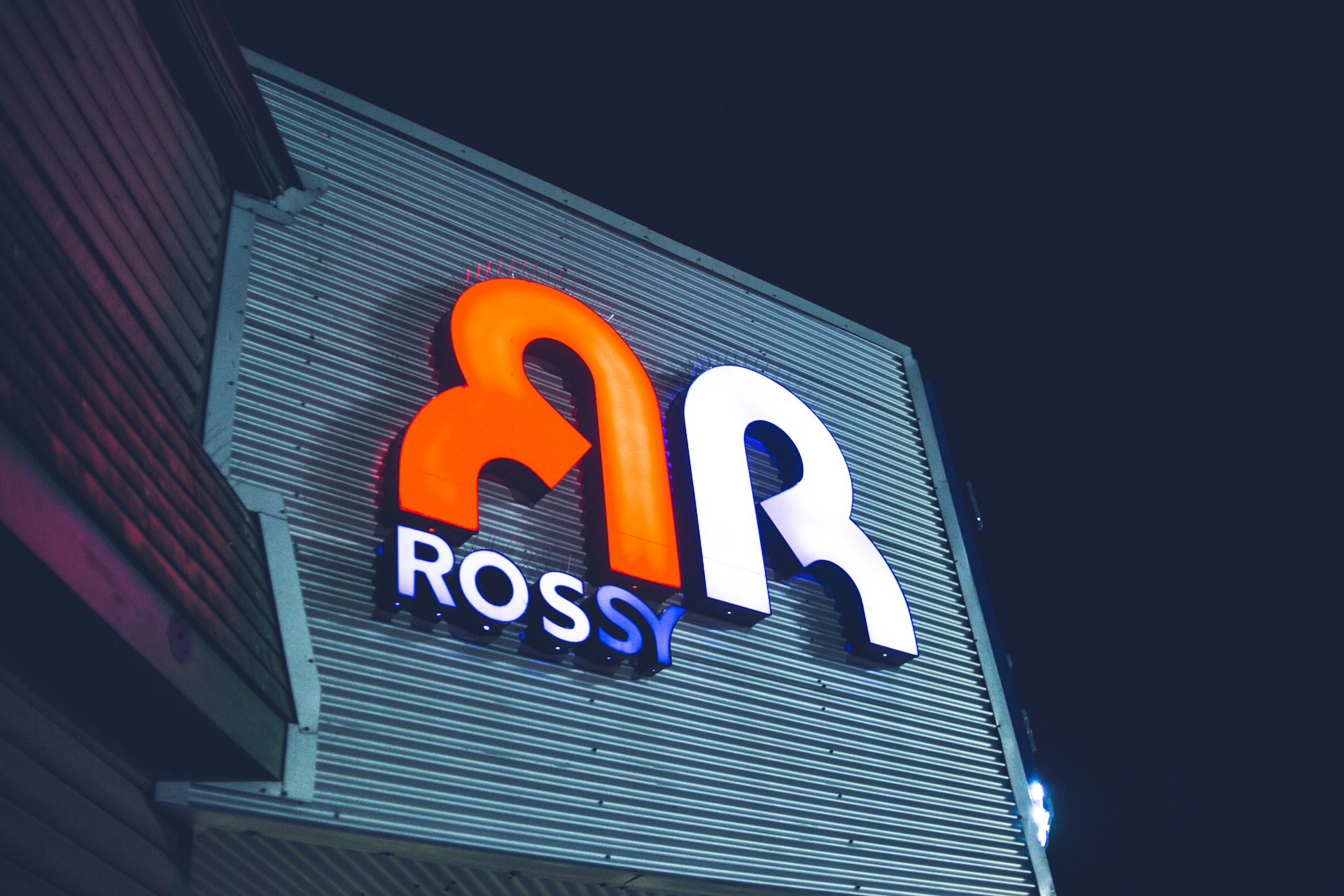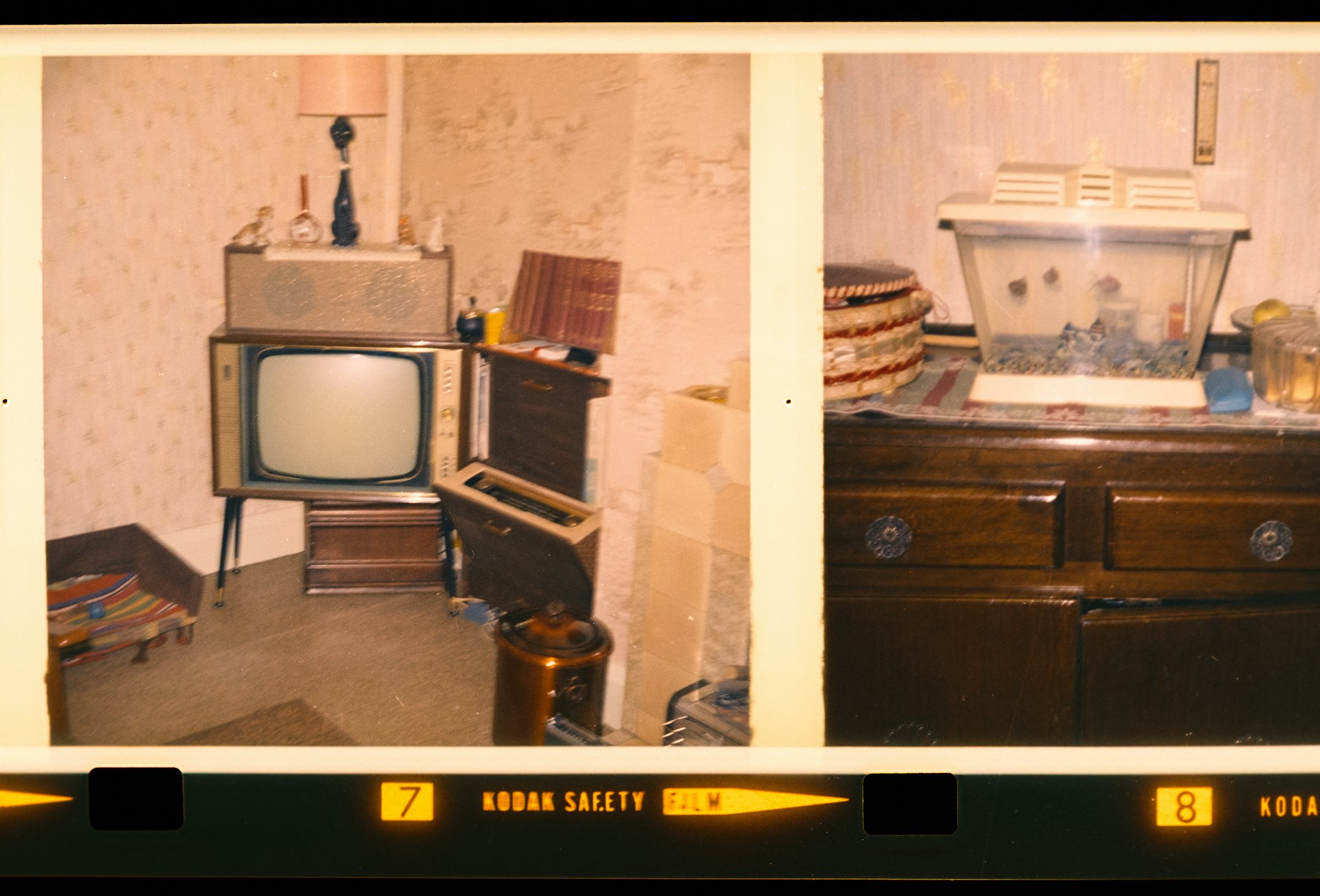The Smart Urban Home Revolution: Trends, Benefits, and How to Access Emerging Technologies

Photo by N I on Unsplash
Introduction: The Next Era of Urban Living
Smart homes are rapidly redefining the urban residential experience. Driven by advances in AI-powered automation , the Internet of Things (IoT) , and 5G connectivity , city dwellers are gaining access to unprecedented convenience, sustainability, and security. As urban areas densify and digital infrastructure matures, smart homes are evolving from novelty to necessity, with nearly a third of new city properties expected to feature advanced smart technologies by 2025 [5] . This article explores the technological trends shaping the future of smart homes in urban environments, details the specific benefits available, and provides comprehensive guidance for accessing and implementing these innovations.
Key Trends Shaping Smart Homes in Urban Areas
1. AI-Powered Automation and Assistants
Artificial intelligence is the backbone of next-generation smart homes. Modern AI-driven systems, such as Google Nest Hub Max and Apple HomePod, learn residents’ behaviors to automate climate control, lighting, and even entertainment preferences [3] . These assistants can sense your mood, recommend recipes based on dietary restrictions, and proactively manage household tasks. Natural language processing has further improved voice recognition, making interactions smoother while predictive maintenance alerts homeowners about potential appliance failures [2] .
How to Access: You can begin leveraging AI-powered systems by purchasing devices such as Amazon Alexa, Google Assistant, or Apple HomeKit. Most major electronics retailers and authorized online marketplaces offer these products. For personalized automation, consider subscribing to advanced AI platforms or consulting with smart home integrators who specialize in urban installations.

Photo by Patrik Lindeberg on Unsplash
2. Unified Smart Home Ecosystems
Historically, smart home devices often operated in silos, leading to compatibility challenges. In 2025, universal device connectivity and the adoption of protocols like Matter allow for seamless communication between devices from different manufacturers [3] . This means homeowners can integrate lighting, security, climate, and entertainment systems into a single, harmonious ecosystem.
How to Access: When upgrading your home, prioritize devices labeled “Matter-compatible” or those supporting open connectivity standards. For comprehensive integration, consult with certified smart home solution providers who can assess your needs and design an interoperable system tailored to your space.
3. 5G-Enabled Connectivity and Real-Time Control
The expansion of 5G networks in cities has transformed the performance and reliability of smart home devices [4] . 5G offers near-zero latency, supporting real-time security monitoring, energy management, and remote work capabilities. It enables dozens of devices to operate simultaneously, with support for emerging technologies such as augmented reality interfaces and holographic controls.
How to Access: To benefit from 5G-enabled smart home features, verify that your property has access to robust 5G infrastructure. Contact your local internet service provider to discuss 5G home broadband plans. Many smart home hubs now offer built-in 5G support or can be upgraded through compatible routers and modems.
4. IoT-Driven Energy Efficiency and Sustainability
Smart appliances and IoT sensors are increasingly focused on reducing energy consumption and promoting sustainability [2] . Real-time monitoring systems optimize energy use by adjusting lighting, heating, and cooling based on occupancy and weather patterns. Some platforms even enable integration with solar panels and battery storage, lowering utility bills and environmental impact [4] .
How to Access: Many utility companies and local governments offer incentives for installing energy-efficient smart devices. Search for “energy efficiency rebates” or “smart home incentives” on your city’s official website or your utility provider’s portal. You may also consult sustainability-focused contractors who can advise on available programs and products.
5. Advanced Smart Security Solutions
Urban smart homes are adopting next-generation security technologies, including AI-powered surveillance cameras, biometric access, and real-time emergency response systems [4] . These systems provide instant alerts, cloud-backed video storage, and remote monitoring, significantly improving safety and peace of mind.
How to Access: To implement smart security, you can purchase systems from reputable brands such as Ring, Arlo, or Google Nest, available through authorized retailers. For professional installation or integration with municipal emergency services, contact licensed security solution providers in your area.
6. Health and Wellness Integration
The smart home of 2025 also monitors indoor air quality, tracks health metrics, and enables telehealth consultations [4] . Devices may remind residents about hydration, medication, or exercise routines, supporting healthier lifestyles.
How to Access: Health-focused smart home devices are available from major consumer electronics brands. For tailored solutions, consider consulting with wellness technology experts or searching for “smart health devices” and “connected wellness solutions” on manufacturer websites.
Practical Examples and Case Studies
Example 1: Energy Optimization in Urban Apartments Residents of high-rise buildings in major cities have reported 15-25% reductions in energy costs after implementing IoT-based energy management systems [2] . These platforms continuously analyze usage patterns, automatically adjusting HVAC and lighting for efficiency.
Example 2: Unified Security Response In metropolitan areas, homes equipped with AI-powered security networks can instantly alert emergency responders during break-ins, thanks to integrated 5G connectivity [4] . This rapid, automated response has improved safety outcomes in pilot programs nationwide.
Example 3: Seamless Remote Work Experience With high-speed 5G, urban smart homes now support uninterrupted video calls, cloud-based workstations, and immersive virtual meetings. This shift has made work-from-home more productive and reliable, especially for professionals in densely populated areas [4] .
Step-by-Step Implementation Guide
- Assess Your Current Infrastructure: Review your existing home network, devices, and power systems. Consider consulting with a local smart home specialist for a site survey.
- Identify Priority Features: Determine which smart features (security, energy, wellness, automation) you wish to prioritize based on your lifestyle and budget.
- Research Verified Solutions: Visit the official websites of leading smart home brands (such as Apple, Google, Samsung, and Amazon) to compare products and verify compatibility with your city’s broadband and 5G services.
- Secure Incentives and Rebates: Search for “smart home rebates” or “energy efficiency incentives” on your municipal government’s website or your utility provider’s portal. Many cities offer financial support for upgrades.
- Plan Integration: For unified ecosystems, prioritize Matter-compatible devices and consult with integrators who can ensure seamless connectivity.
- Install and Configure: Follow manufacturer instructions for installation, or hire certified installers for complex systems. Set up user profiles for personalized AI automation.
- Monitor and Optimize: Use built-in dashboards or third-party apps to monitor performance, energy use, and security. Adjust settings regularly to maximize benefits.
Challenges and Solutions
Challenge 1: Privacy and Data Security As smart homes collect more personal data, privacy concerns are paramount. Choose devices from reputable brands with transparent privacy policies, and regularly update firmware to mitigate vulnerabilities. Consider using encrypted networks and multi-factor authentication for added protection.
Challenge 2: Upfront Costs Initial investment in smart home technology can be significant. Look for financing options from manufacturers, apply for local incentives, and prioritize upgrades that yield measurable savings, such as energy-efficient appliances.
Challenge 3: Compatibility and Integration Not all devices work together seamlessly. To avoid frustration, select products that adhere to open standards like Matter and consult with integration experts for complex setups.
Alternative Approaches
If full-scale smart home automation is not feasible, consider starting with a single system-such as a smart thermostat or security camera-and expand as budget allows. Many urban residents find value in upgrading incrementally, adding new features as infrastructure, incentives, and technology evolve.
Summary and Key Takeaways
Urban smart homes are poised to revolutionize living spaces by enhancing convenience, safety, sustainability, and health. By understanding the latest trends and following practical steps, residents can access the benefits of advanced automation regardless of budget or technical expertise. As cities grow smarter, proactive adoption of connected home technologies will become a cornerstone of modern urban life.
References
- [1] Trigyn (2025). Trends in Smart Cities and IoT for 2025.
- [2] Promwad (2025). The Future of Smart Homes: Key Trends Shaping 2025 and Beyond.
- [3] Regan Ferguson Group (2025). Smart Home Trends of 2025.
- [4] Raleigh Realty (2025). 7 Smart Home Trends in 2025.
- [5] Rentastic (2025). The Rise of Smart Homes: Technology Trends in 2025.
MORE FROM hotondeals.com













